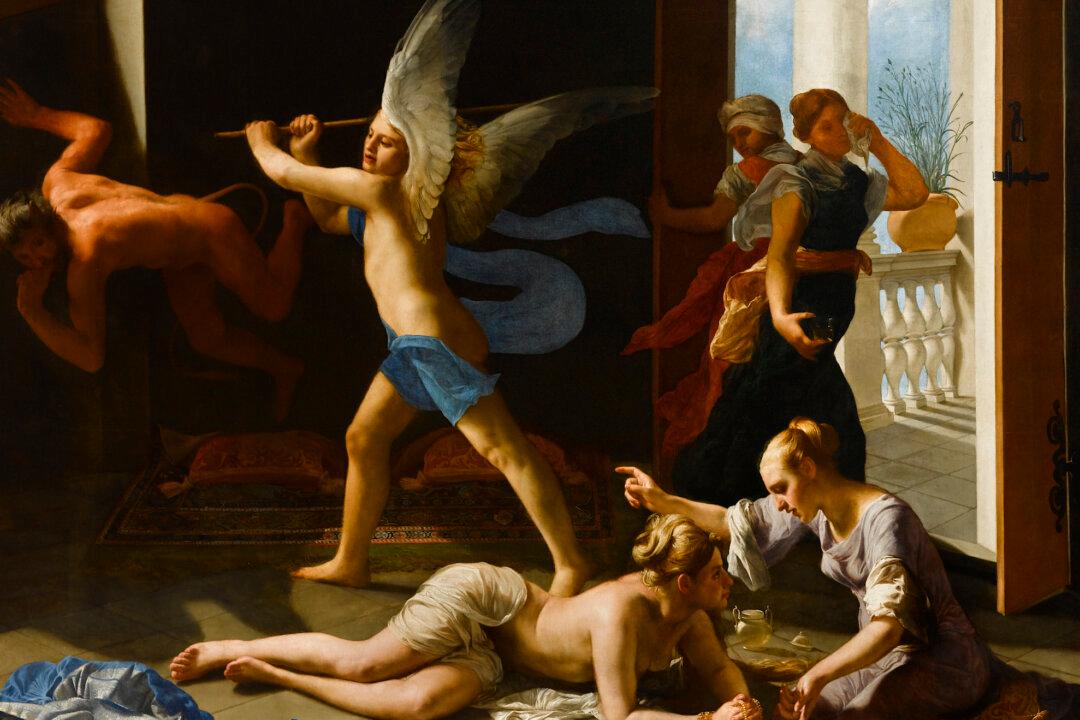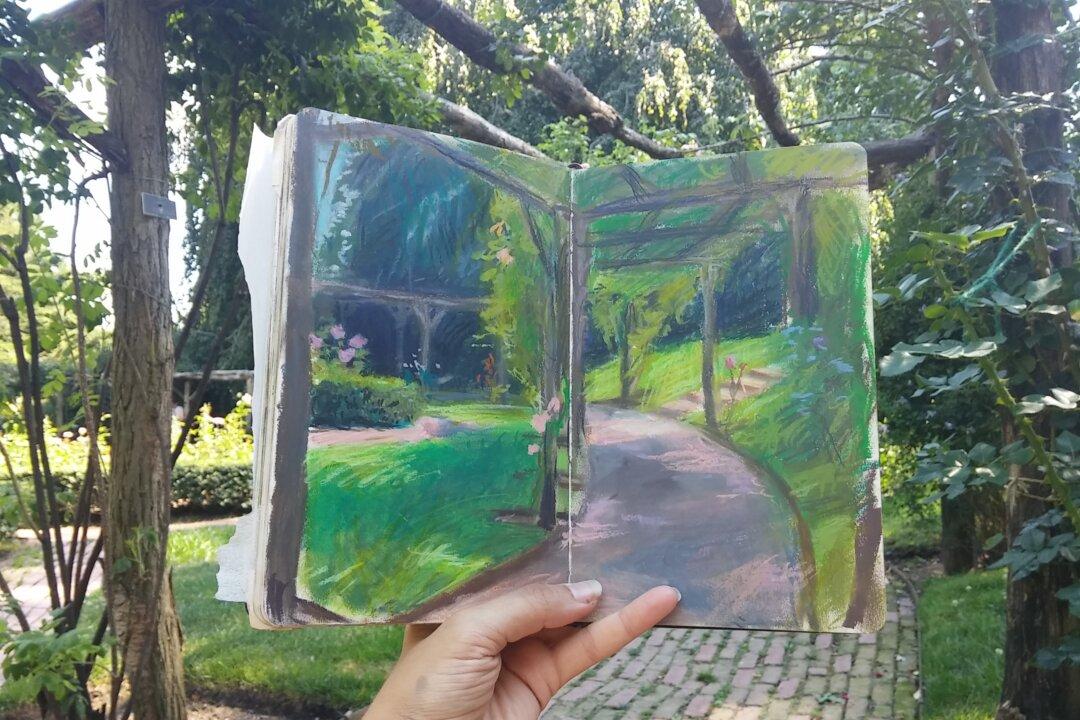NEW YORK—His contemporaries called him “il genio bizzaro” (the bizarre genius), and he signed his paintings, “Guido Cagnacci Inventore.” His theatrical compositions, racy stylistic choices, ambivalent figures, and varied painterly techniques stand out as his own artistic language. This mostly forgotten 17th-century artist from Italy’s northeastern region of Romagna invented quite a unique visual concoction.
The Frick Collection is now exhibiting Guido Cagnacci’s masterpiece “The Repentant Magdalene” for the first time in New York, on loan from the Norton Simon Museum, until Jan. 22. It will subsequently show at The National Gallery in London (Feb. 15–May 21, 2017).
While very little is known about Cagnacci, an elaborate operetta could easily be conjured from the few snippets of his life that have been documented, mostly in Italian. Accompanying the exhibition is a book by Xavier F. Salomon, chief curator of the Frick, titled “The Art of Guido Cagnacci“—the first book on the artist written in English in nearly three decades.
A Most Unusual Magdalene
“The Repentant Magdalene” magnetizes all eyes in the East Gallery of the Frick. The longer one looks at it, the more it gives way to intrigue, delight, and contemplation.
“It’s really an extraordinary and bizarre picture,” Salomon said at the opening.
Cagnacci selected a scene in the biblical story of Mary Magdalene that had never been depicted before in a painting. He shows Magdalene as a wealthy courtesan, not during her meeting with Christ but in the moment after her initial shock and realization that her life had gone off track.







